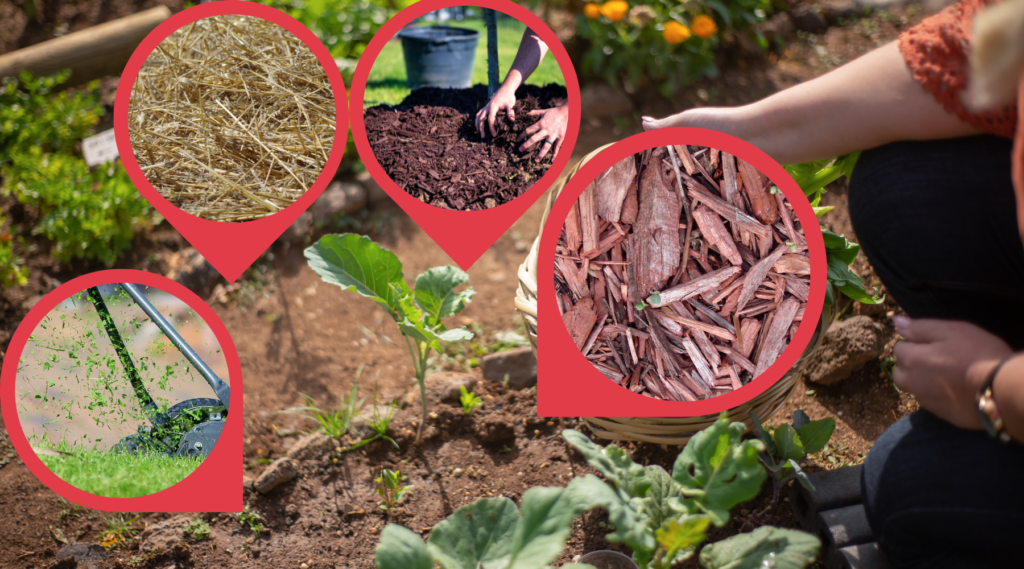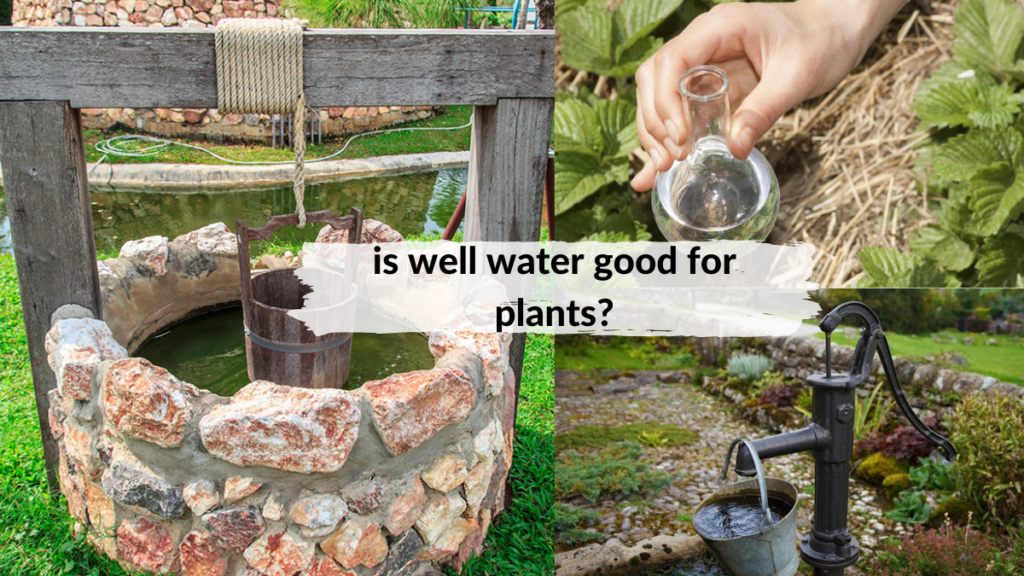Arizona’s extreme climate conditions place a lot of stress on plants. Hot temperatures during summer and low humidity can make gardening challenging in Arizona. But you do not need to worry because it is not completely impossible. For example, you can deal with the harsh weather conditions by providing extra water and shade to plants.
tips for gardening in Arizona
Before you do anything, you must pick an appropriate location for your garden. The location should be convenient for you and the plants. Consider the following when choosing a location for your garden:
Avoid windy areas. If there is a choice, set up a windbreak to keep your plants safe. You should also avoid sites near busy roads or areas with high foot traffic as pollution can harm your plants.
Sunlight will not be a problem if you are growing plants in Arizona. However, you need to build your garden in a place that gets some afternoon shade and a lot of morning sun. Leafy veggies require partial shade, but most vegetables will not have any issues even if they are fully exposed to the sun.
The soil is one of the most important aspects of gardening. It must be rich in nutrients and not too sandy or clayey. Avoid areas near a creek as the soil there might be too wet.
how to choose what veggies to plant
The weather in Arizona is different, so gardening in this region can be a little tricky. Arizona does not have a long growing season. Instead, it has three short growing seasons – during the monsoon season, February-May for the warm-season plants, and September-March for the cool-season veggies.
consider what you like eating
When choosing the crops, you must consider what you like to eat. Plant what you love eating and then check if you can plant them in Arizona. Refer to Arizona vegetable planting calendars for guidelines. You also need to take the cost of planting and growing a veggie into account. Choose the most cost-effective option for you.
space
Space is another important consideration. If you have limited space, consider how much space each crop will take. For example, you can plant quick-growing crops around larger fruit vegetables. You want the small crops to plant and become healthy before the large veggies catch up. Raised bed gardening in Arizona is a good option as it does not take too much space. You can plant almost everything in raised beds.
The best part is that you can choose from various kinds of raised garden beds. For instance, low desert raised bed gardening is a good idea for those who live in the desert. You can also grow plants in stock tanks. It is an excellent alternative to a wooden raised bed because it is easy to use.
Stock tanks are also durable and can deter burrowing animals. You can buy stock tanks in garden centers and farm stores. If you know what plants require like the hours of sun, soil conditions, compost, shade, watering frequency, and nutrients, you can grow a vegetable garden successfully.
crop variety
Some vegetable varieties are grown in certain regions. If you purchase plants or seeds from local companies, you can get different crops that suit your area because these varieties can adapt to your local climate. Thus, they can withstand Arizona’s weather conditions. Some short-season crop varieties take less time to harvest, allowing you to incorporate different plants every season into your garden.
microclimate
You can also take advantage of the microclimates to increase the yield of the raised beds. The microclimates pertain to the weather conditions that your vegetable garden experiences all at once. You can do this by growing plants that are well-adapted to a specific microclimate.
Observe which areas in your garden get more sunlight, are under shade, or have a cool temperature then plant the crops in your desired region. Growing your plants in this manner allows you to use the space effectively.
building raised beds in Arizona
According to Arizona Worm Farm, you should use rot-resistant materials such as composite lumber, redwood, cedar, or concrete blocks to build DIY raised garden beds. If you are renting or living in an apartment, you can go for movable containers.
You can also use cheaper materials such as Douglas fir instead of cedar. Or if you are willing to spend more, you can buy a cedar raised garden bed kit. Another option is in-ground gardening.
For those new to raised gardening in Arizona, start small. A 4’ x 4’ raised bed garden is a decent size for beginners. You can expand later when you successfully grow healthy plants.
Deeper DIY raised garden beds are easier to manage, but you can still grow garden plants successfully with any depth. However, deeper raised beds can discourage pests and help you succeed faster.
Since it comes with more upfront cost and work, you can lay small branches and logs along the bottom of your raised garden before filling them. That way, you can save some money when building a raised garden.
Also, avoid mixing woody materials like wood chips, cardboard, and mulch into the soil because they can cause a nutrient deficiency in the plant. But you can layer them over the top inch as organic mulch. You can apply a two to three inches deep thick layer of mulch to the raised garden.
where to build raised bed gardens
Observe the microclimates in your backyard. Build raised garden beds in areas that receive maximum sun exposure in the morning and afternoon sun during warmer months of the year. You can add a shade cloth later if required.
If you have space, stay back 2′ from the south and east-facing windows and walls because they radiate and reflect so much heat during summer. You can still find success in shady sites because there are plants in these growing conditions.
Remember, DIY raised garden beds require regular water throughout the year. If possible, you should water your vegetable garden daily during summer. When building raised garden beds in the yard, make sure that there’s easy access to a water source.
Since vegetable gardens usually need more frequent watering compared to low water landscaping in Arizona, consider having a dedicated zone or line from your automatic timer to the raised bed so that you can customize the frequency and duration of watering your garden plants.
how to prepare the garden bed
Make sure that the soil underneath the garden bed drains well and has no weeds or large rocks. If the soil is compacted, you must break it up with a spade or garden fork before filling the raised garden bed. In case you are covering an area of grass that has high weed pressure, you can line the bottom of your garden bed with cardboard before you fill them.
As mentioned earlier, the soil is crucial when growing plants in the yard. It is impossible to grow healthy crops in poor soil. You can fill your vegetable garden with 50% native soil and 50% compost. Another option is to fill it with a soil mix with worm castings and locally made compost. It contains beneficial microbes, which can survive in the garden and fight diseases. Your garden plants can also get more nutrients since the beneficial microbes help in breaking down organic matter.







